The Benaki Museum of Islamic Art is located in one of the most historic districts of the Greek capital. It is near the Acropolis of Athens and iconic places like the Roman Agora and Plaka, offering a unique insight into Islamic artifacts and traditions. Hosted on the three floors of a neoclassical building, the museum is rarely crowded, thus making it an Athenian hidden gem. Moreover, the beautiful cafe on the rooftop enjoys spectacular views of the Acropolis and the entire city.
I visited the museum during an August heatwave, and despite the outdoor conditions, it provided a very interesting shelter. In the following lines, you will see a photo report from my visit to the Benaki Museum of Islamic Art in Athens, paired with information about its exhibits. At the bottom of the post, you will also read about the current situation of the museum and how you can visit it.
Let’s begin.
*Some links are affiliate links. It means that if you buy something, I might earn a small commission at no additional cost to you.
Benaki Museum of Islamic Art in Athens
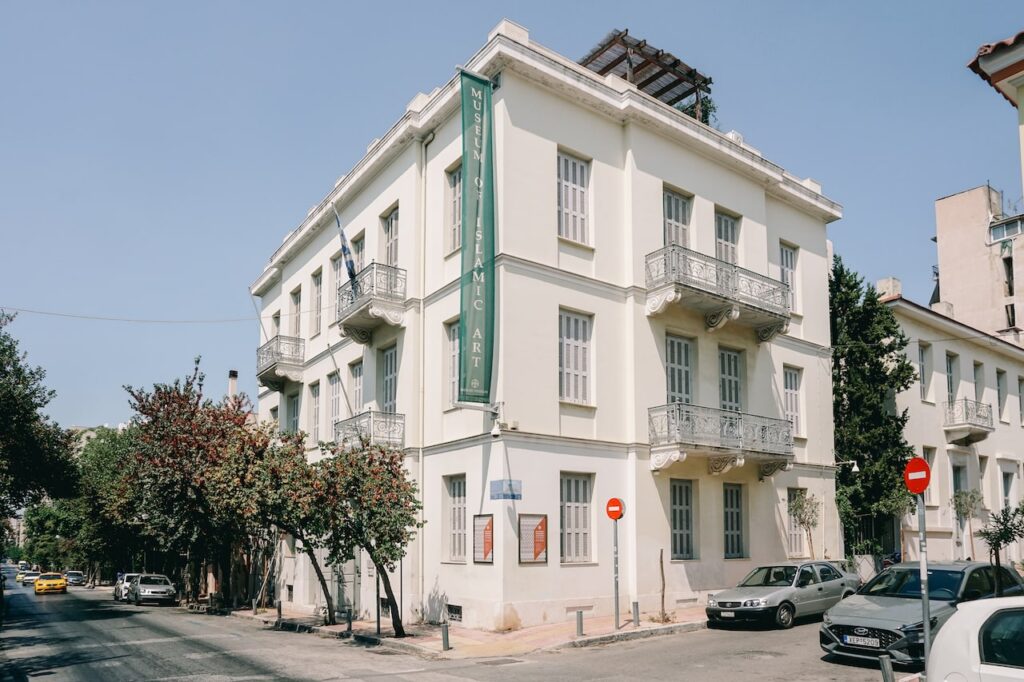
As I wrote in the introduction, the museum enjoys a fantastic location very close to Athens’ major landmarks. The Agion Asomaton Street leads straight to Thision, and from there it’s just a short walk to Plaka.
Here’s the view straight outside the museum:
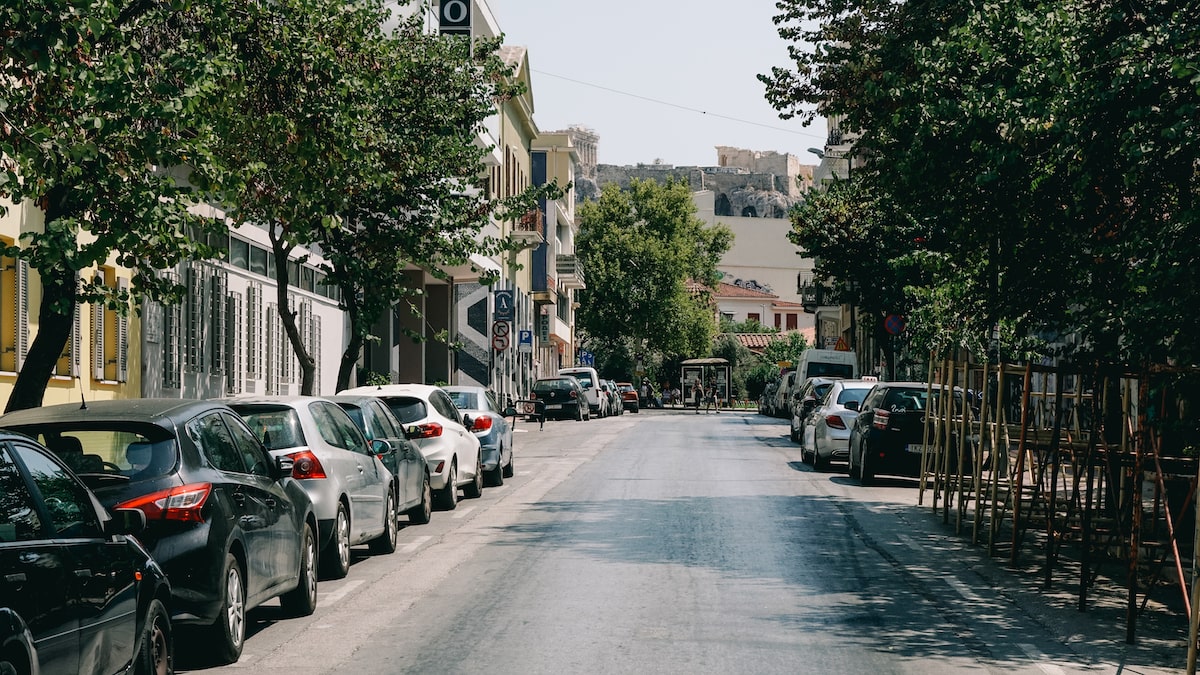
In brief, the museum features artifacts on three timelines: from the 7th to the 12th century, from the 12th to the 16th, and from the 17th to the 19th. Each floor is dedicated to a period, and here’s what to expect from your visit to the Islamic Museum of Art in Athens.
In my opinion, the absolute highlights are the carpets and the mansion’s entrance, which is featured in its entirety. The latter will definitely teleport you to a long-lost era.
So, let’s see what you can see within the museum’s interior.
The period from the 7th to the 12th century
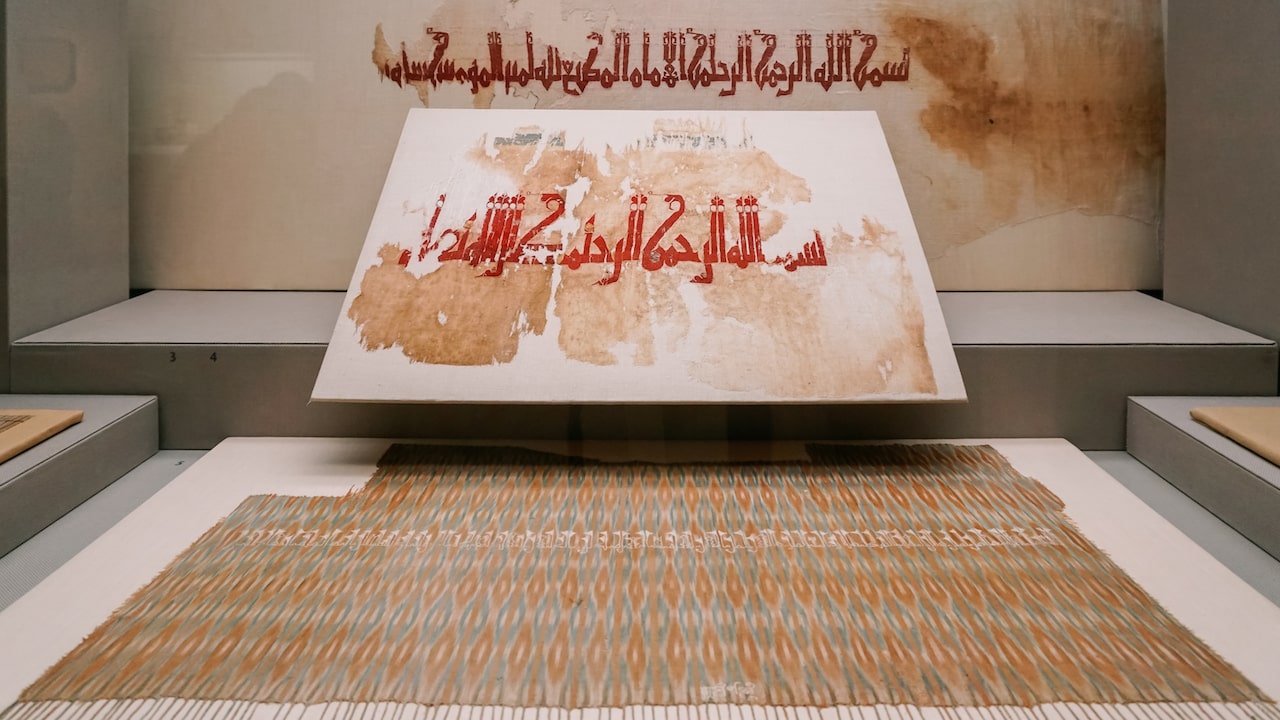
By the mid-8th century, following the conquests of the Sasanian Empire, parts of Byzantium’s southern territories, and the Iberian Peninsula, the Arab Empire stretched from the Atlantic Ocean to the Indus River. Initially ruled by the four close companions of the Prophet Muhammad, who served as caliphs from Medina, this realm soon passed to the Umayyads, the first Islamic dynasty, who governed from Damascus.
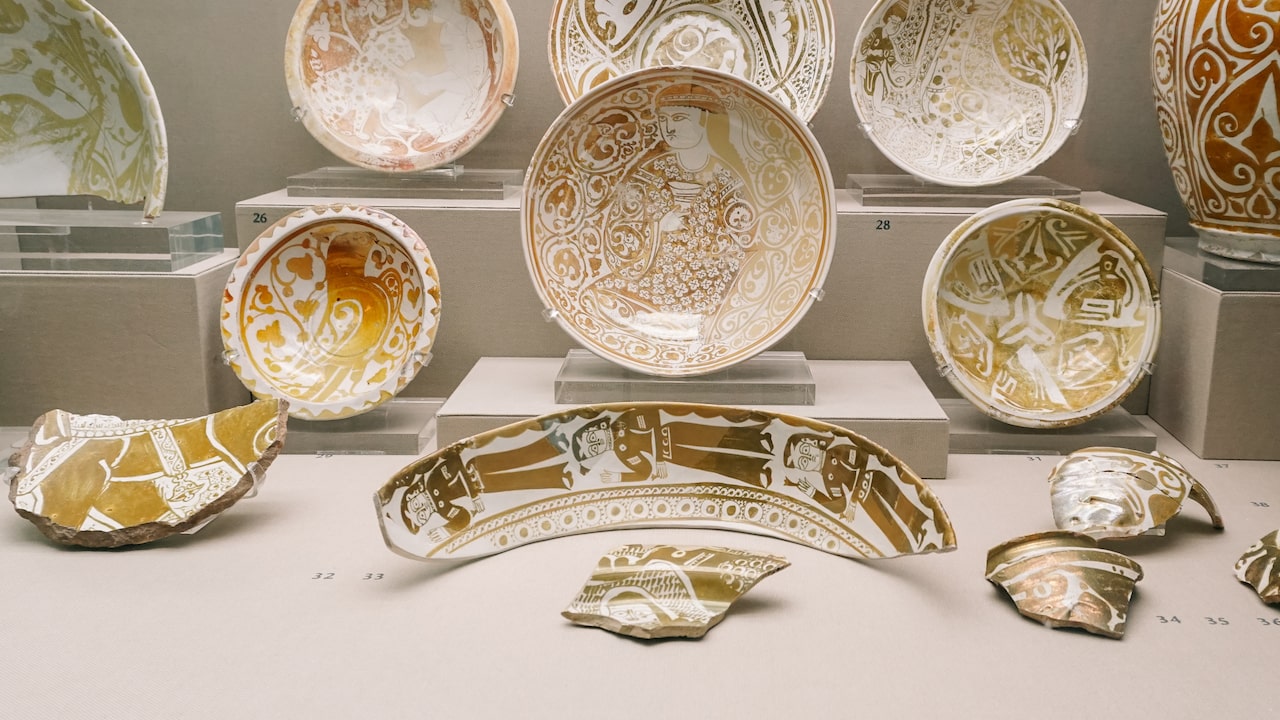
During these early years, a significant split in Islam took shape. One group, the Shiites, believed leadership should remain within the Prophet’s family, following Ali—Muhammad’s cousin and son-in-law—while the other group, the Sunnis, accepted the caliphs chosen by the larger community. After the Umayyads were overthrown in 750, the Abbasids came to power and moved the capital to Baghdad. Under their rule, Islamic culture thrived, and significant progress was made in philosophy, science, and the preservation of classical knowledge—laying important groundwork for the later European Renaissance.
From the early 9th century onward, the Abbasids gradually lost control of distant regions to local dynasties. Among these were the Samanids in eastern Iran and the Fatimids in North Africa, Egypt, and Syria, who each contributed to the diverse and evolving landscape of the Islamic world.
The period from the 12th to the 16th century
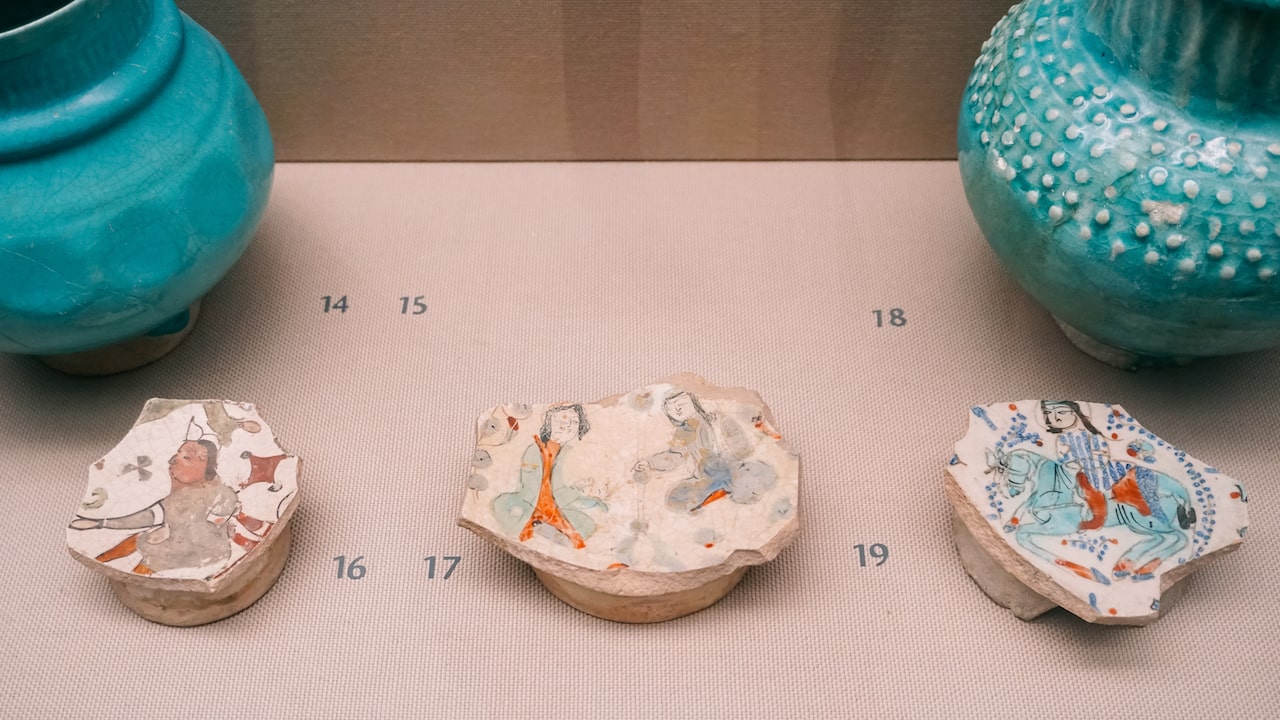
Starting in the late 10th century, Turkish tribes in the northeast regions of the caliphate began converting to Islam in large numbers. By the early 11th century, under Seljuq leadership, these tribes had taken control of Iran, Iraq, and Syria, eventually pushing into Byzantine Asia Minor in the late 11th century.

In the first half of the 13th century, the Mongol invasions led to the establishment of Mongol dynasties across Central Asia, western Siberia, southern Russia, Iran, and Iraq. These rulers adopted Islam toward the end of the 13th and beginning of the 14th centuries. Their further advance into Syria and Egypt was halted by the Mamluks (1250–1517)—an elite military force that had overthrown the Ayyubids (1169–1250) and driven out the Crusaders.
Meanwhile, from the mid-13th century onward, Asia Minor saw a renewed influx of Turkish tribes. The Seljuq Sultanate of Rum fractured into several Turkish principalities, from which the Ottomans (originating in Bithynia) emerged dominant by the end of the 15th century. As early as the second half of the 14th century, they had already begun their expansion into the Balkans.
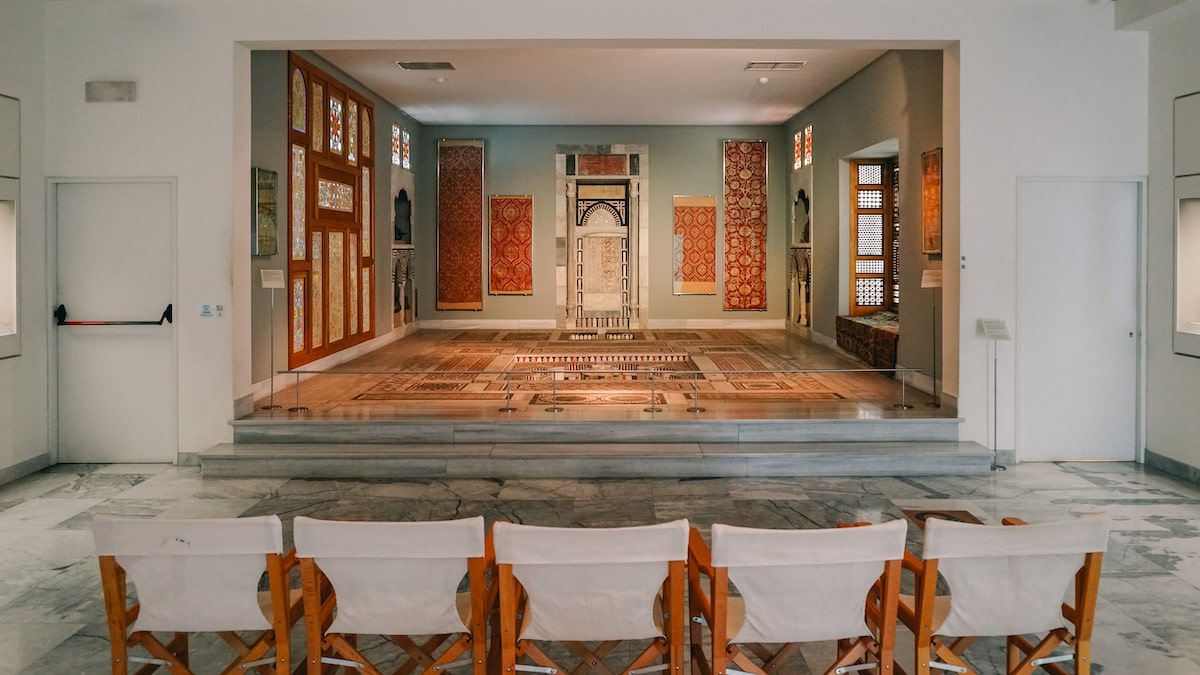
The Islamic influence in the Indian subcontinent also grew, with Muslim states appearing in the Deccan (14th–15th centuries). At the same time, Islam continued to spread throughout Malaysia, Indonesia, and sub-Saharan Africa. Across North Africa and Spain, various Berber dynasties rose to power; however, Christian forces only completed the reconquest of the Iberian Peninsula at the close of the 15th century.
During these centuries, Sufism—the mystical branch of Islam—thrived, invigorating theological thought and spurring rich debates around the works of prominent Muslim philosophers. Persian literature reached its zenith, becoming the leading cultural language in much of the northern and eastern Islamic world.
The period from the 17th to the 19th century
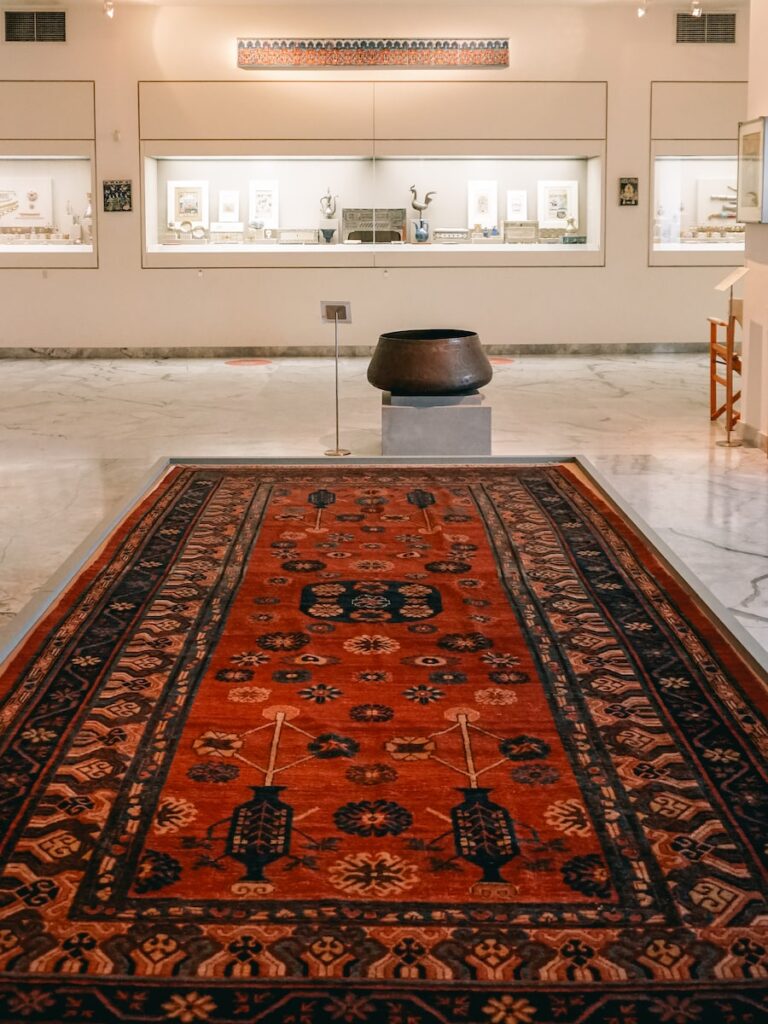
In the 18th century, as European colonial powers competed for dominance, the British expanded their rule over the Indian subcontinent by taking advantage of local ethnic and religious divisions. The Mughal Empire—once at its peak under Emperor Aurangzeb (1658–1707)—gradually fell apart and was formally dissolved in 1858 when India came under direct British Crown rule.
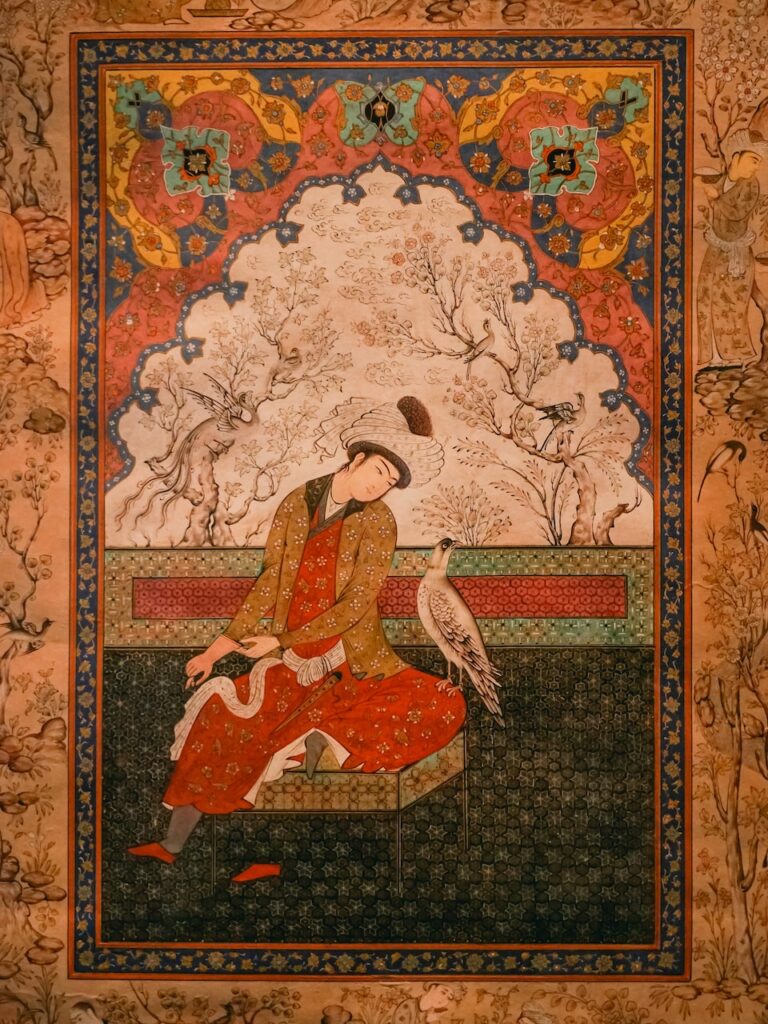
Russia also pushed eastward between the mid-16th and late 19th centuries, absorbing the Muslim khanates in southern Russia, western Siberia, and Central Asia. These khanates had formed in the 15th and 16th centuries following the decline of the region’s Mongol dynasties.
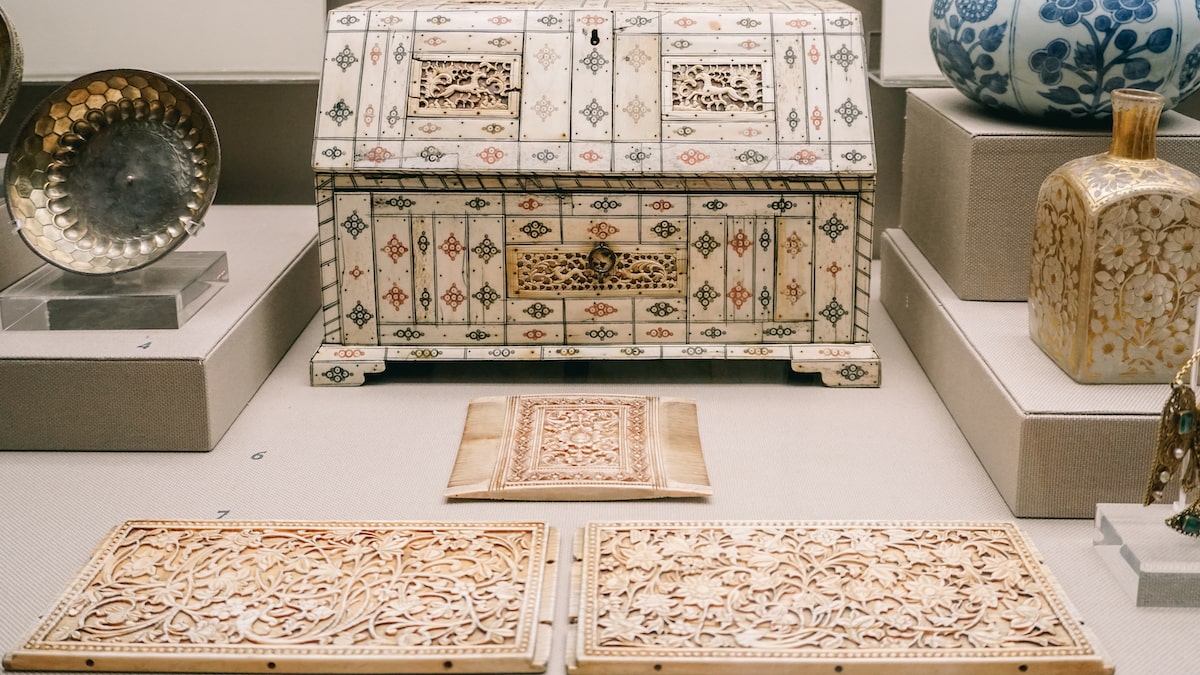
In Iran, after the Safavid Empire collapsed, the Qajar dynasty (1779–1924) reunited the country and moved the capital to Tehran (1786). By skillfully navigating the rivalries among the Great Powers, the Qajars modernized their state and military while resisting Russian encroachment.
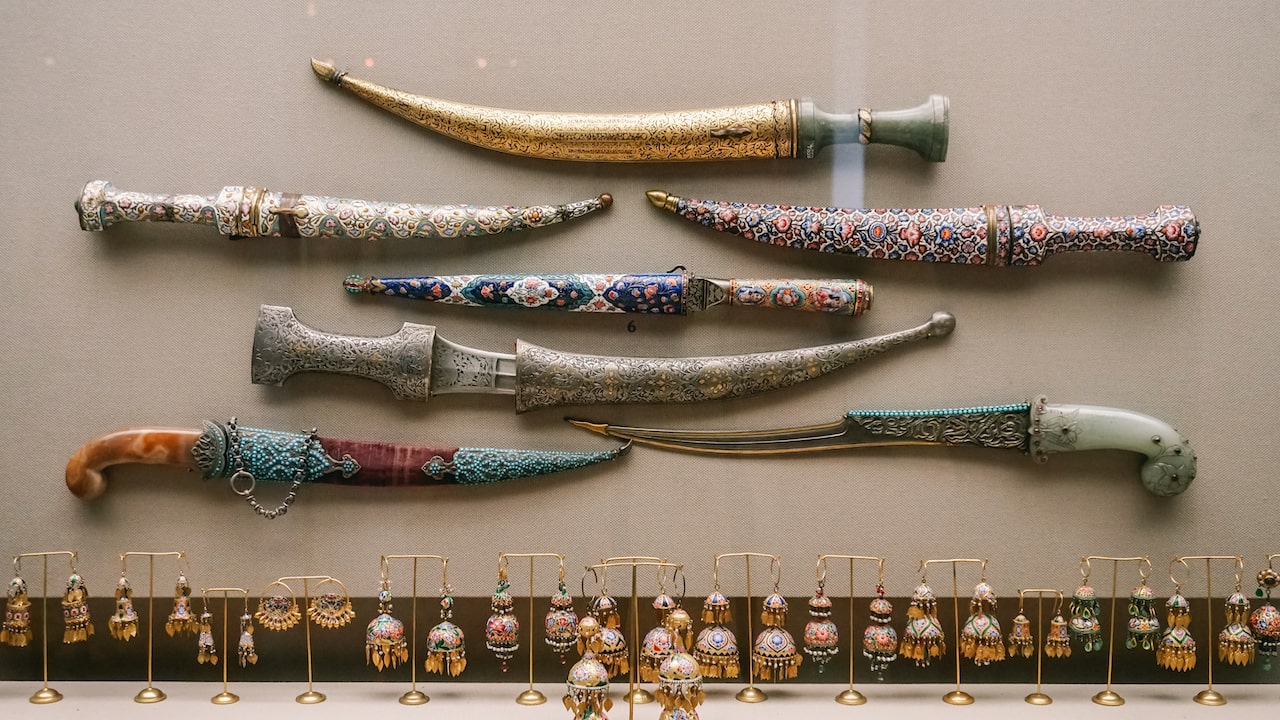
At the same time, despite numerous reform efforts—especially in the 19th century—the Ottoman Empire steadily lost territory. European economic influence and the weakening of its traditional structures undermined it. Beginning with the loss of Hungary and Transylvania at the end of the 17th century, its decline accelerated in the 19th century through nationalist revolutions in the Balkans and the gradual loss of Arab lands, which either gained independence or became European colonies.
How to visit the Benaki Museum of Islamic Art
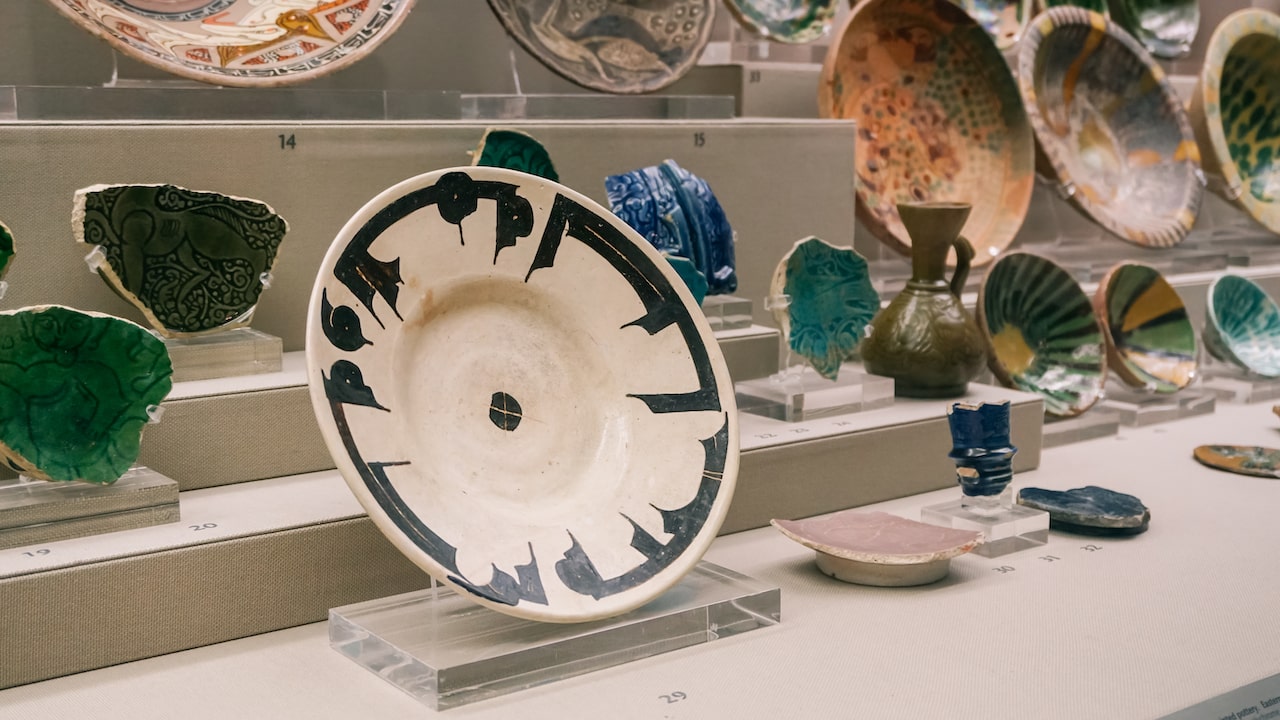
First of all, you need to know that the museum will remain closed from October 2024 for approximately ten months due to some institutional conflicts. Therefore, the museum is expected to reopen its doors in late summer or early autumn of 2025. You can read more about the issues here.
The museum’s address is 22 Ag. Asomaton & 12 Dipilou St., 105 53 Athens. You can find (and save) its exact location on Google Maps here.
Apart from the exhibitions, the Benaki Museum of Islamic Art in Athens features a wonderful rooftop cafe. Its opening hours are somewhat confusing, so it’s better to check with the museum beforehand. However, I highly recommend having a cup of coffee or lunch, due to its prime location and the unique Acropolis views it offers.
Lastly, the buses stopping close to the Islamic Art Museum are: 025, 026, 027, 035, 049, 227, 500, 815, 836, 838, 856, 813, 841, 842, and 822. However, the easiest way to reach it is by metro: if you’re using Line 3, stop at Monastiraki station; the Thiseion station of Line 1, though, is the closest to it.
The Benaki Museum of Islamic Art: Final Thoughts
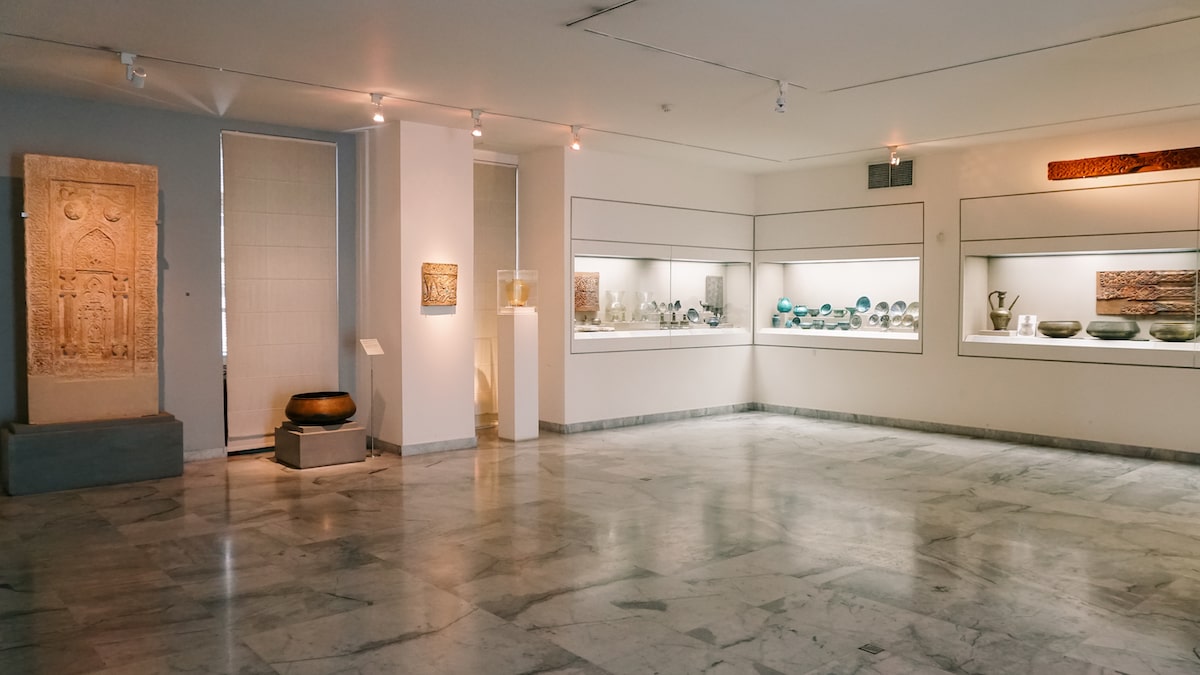
The Benaki Museum of Islamic Art in Athens is recommended if you have a strong interest in history and art. Greece is a country at the crossroads between West and East, and as such, it was influenced by various civilizations throughout its long history. Although the museum primarily focuses on presenting Islamic art throughout the centuries, one can easily comprehend how those centuries reshaped the country.
If you enjoy exploring downtown Athens, the museum offers a perfect spot to unwind and learn something new. The proximity to the lively neighborhood of Psirri also means that you discover another part of Athens. Overall, I believe the museum serves a good purpose, and you can easily fit it into your downtown Athens itinerary.
More about Athens: The best walking tours in Athens, 10 great day trips from Athens
Pin it for later
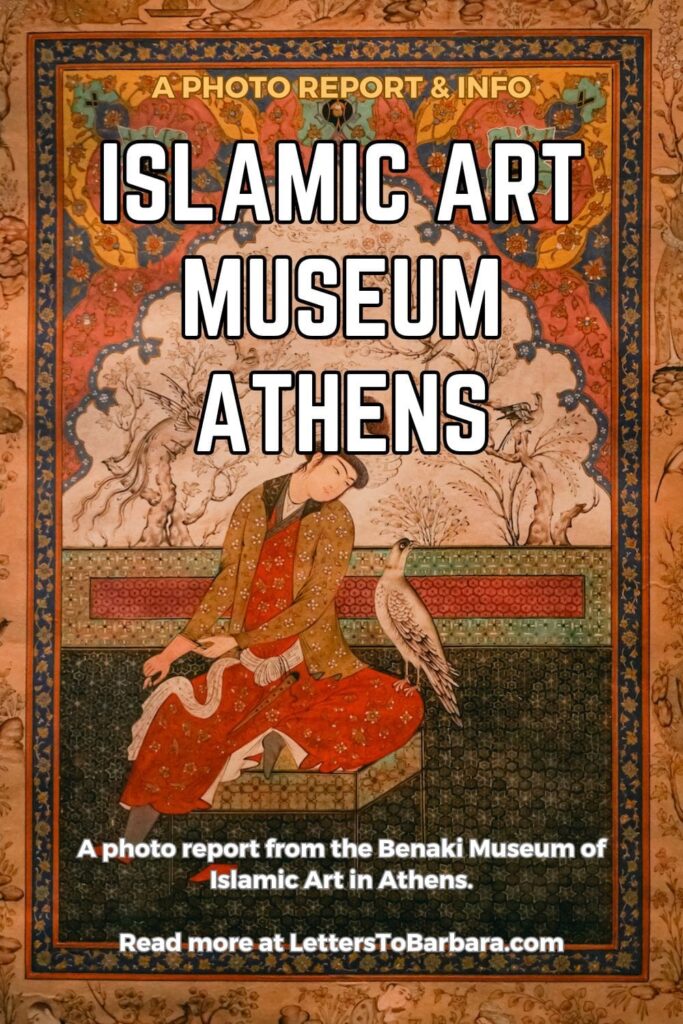
Sharing is caring. Share this article about the Benaki Museum of Islamic Art with your friends.
Last Updated on May 10, 2025 by George Pavlopoulos
